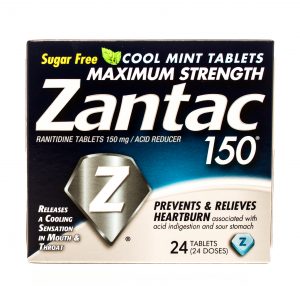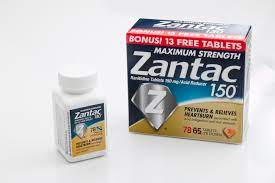 A Delaware Superior Court Judge has allowed roughly 75,000 plaintiffs to be heard in Delaware courts regarding whether the drug Zantac caused cancer. This is a massive turn of events, as nearly 50,000 similar lawsuits were dismissed in federal courts just two years ago. In 2022, the federal judge in the multidistrict litigation in Florida determined that the expert witness reports and testimony were not based on adequate science. Judge Medinilla, by contrast, ruled that the expert testimony should be heard in court with regard to the causation between Zantac and cancer. Ultimately, she determined that the strength of each side’s scientific arguments should be heard and considered by juries.
A Delaware Superior Court Judge has allowed roughly 75,000 plaintiffs to be heard in Delaware courts regarding whether the drug Zantac caused cancer. This is a massive turn of events, as nearly 50,000 similar lawsuits were dismissed in federal courts just two years ago. In 2022, the federal judge in the multidistrict litigation in Florida determined that the expert witness reports and testimony were not based on adequate science. Judge Medinilla, by contrast, ruled that the expert testimony should be heard in court with regard to the causation between Zantac and cancer. Ultimately, she determined that the strength of each side’s scientific arguments should be heard and considered by juries.
History of Zantac Regulation and Litigation
The heartburn medication commonly known as Zantac has been available on the market for decades, and was once one of the world’s top selling drugs. It is used to treat many gastrointestinal disorders including heartburn, duodenal ulcers, gastroesophageal reflux disease, and esophagitis. Zantac is known to contain an active ingredient called ranitidine. This molecule has been shown to degrade into NDMA (N-Nitrosodimethylamine) over time and when exposed to heat. NDMA is a known carcinogen.
 North Carolina Product Liability Lawyer Blog
North Carolina Product Liability Lawyer Blog



